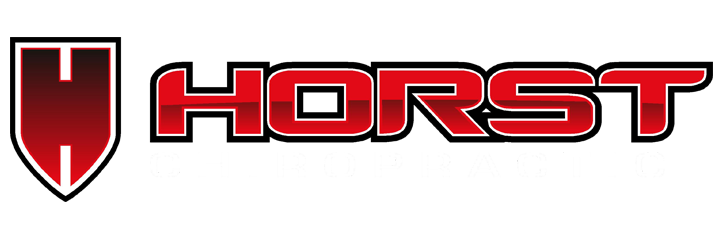Spinal Adjustment and Stroke
It seems as though the Internet is constantly reporting on a link between chiropractic spinal manipulation and stroke. A simple Google search will turn up dozens of stories that seem to make a cause and effect link between spinal manipulation and stroke. But how accurate are those articles? Is there a significant risk for stroke following a chiropractic spinal adjustment, or is the risk negligible?
What Does the Research Say?
Although a great deal of research has been published regarding the possible association between stroke and chiropractic adjustment, much of it has consisted of neurologists’ (not chiropractors’) case reports of a few isolated incidents. In fact, it is difficult to assess the accuracy of reported cases in order to draw an association between spinal adjustment and stroke.
Additionally, although these cases of stroke may be reported after spinal chiropractic manipulation, there is not a direct causal link between spinal manipulation and stroke. Although there is almost always a specific event (such as injury or illness to the upper spinal cord) that happens to induce stroke, no definitive conclusions have been reached to identify spinal manipulation as the event that causes a stroke.
In fact, a Canadian study examined 10 years of data on malpractice claims of stroke following spinal manipulation. The researchers found only 43 actual cases of neurological symptoms following chiropractic care. Of these, 20 cases were minor. Therefore, only 23 cases over a 10-year period were found to actually have a direct connection between chiropractic manipulation and stroke.
A 2008 study of 818 stroke cases admitted to hospitals in Ontario, Canada, found that patients over the age of 45 were more likely to have seen a chiropractor before their stroke. However, these patients were more likely to see a chiropractor as a result of headache or neck pain, both of which are known to be symptoms preceding a stroke. Based on this, the researchers suggested that the actual spinal manipulation may not have been the direct cause for the stroke. Rather, some other event before the manipulation may have been the trigger for the stroke.
What Does this Mean for Patients?
It is very important to be aware of the symptoms that precede a stroke. Those who have these symptoms should first talk to their primary care physician before going to see a chiropractor. These symptoms include:
- Headache following injury, with tender neck muscles
- Vision problems
- Dizziness, vertigo, or light-headedness
- Sudden numbness or weakness of face, arms, or legs
- Difficulty speaking, swallowing, or walking
- Nausea, vomiting, or queasiness
- Loss of sensation on one side of the body
- Involuntary rapid eye movements
If Dr. Nathen Horst finds any of these symptoms, he will not perform a spinal manipulation, but instead refer the patient for a full neurological examination. Dr. Horst has performed thousands of chiropractic adjustments, and he believes spinal chiropractic manipulation to not only be safe, but to be preferable to traditional treatment approaches to headache and neck pain.
Contact Horst Chiropractic to schedule an appointment.


